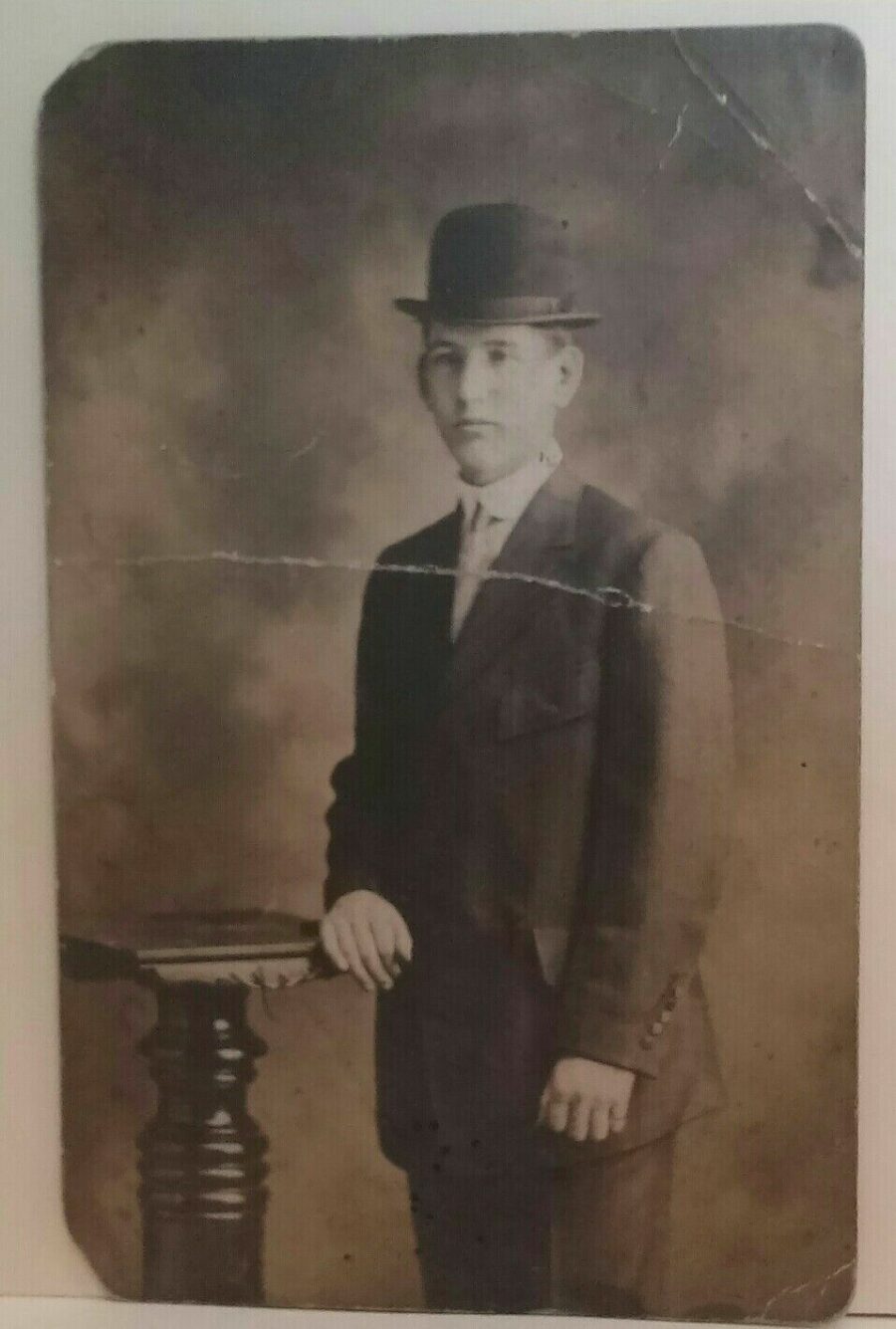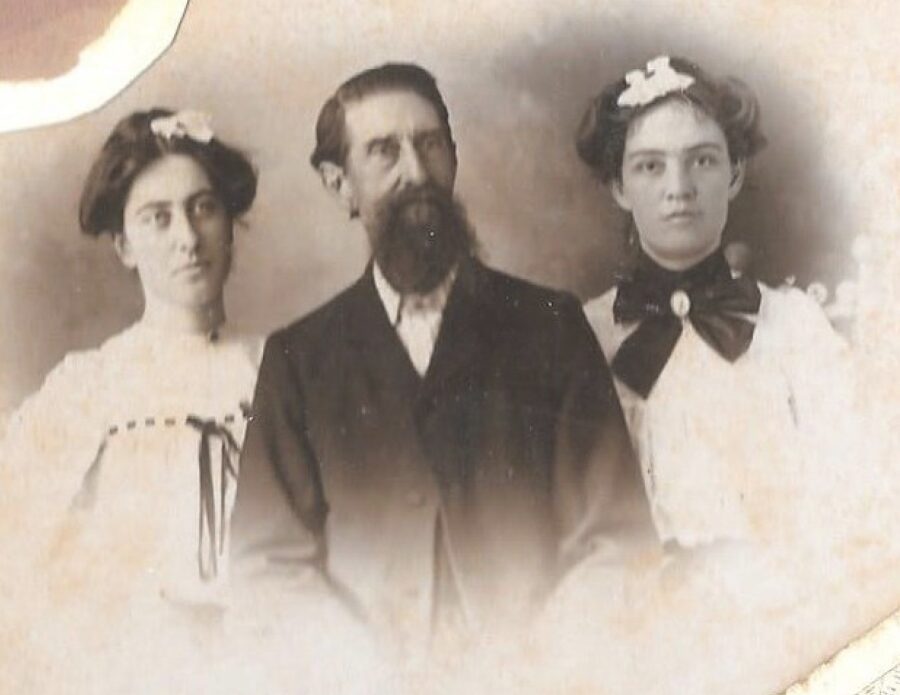Your cart is currently empty!
Category: A Picture and 1000 Words
-

Mr. Goad sent his photo to Bessie Sutphin
Around 1910, a young man dressed up in his best suit and bowler hat and had his photo taken. He sent it to Miss Bessie Sutphin in East Radford, Virginia.
-

Uncle Jim Thornton and his daughters Olivia and Fannie
A Civil War soldier turned single father, James Thornton faced a new battle after his wife died leaving him to raise his two young daughters, Olivia and Fannie, on his own.